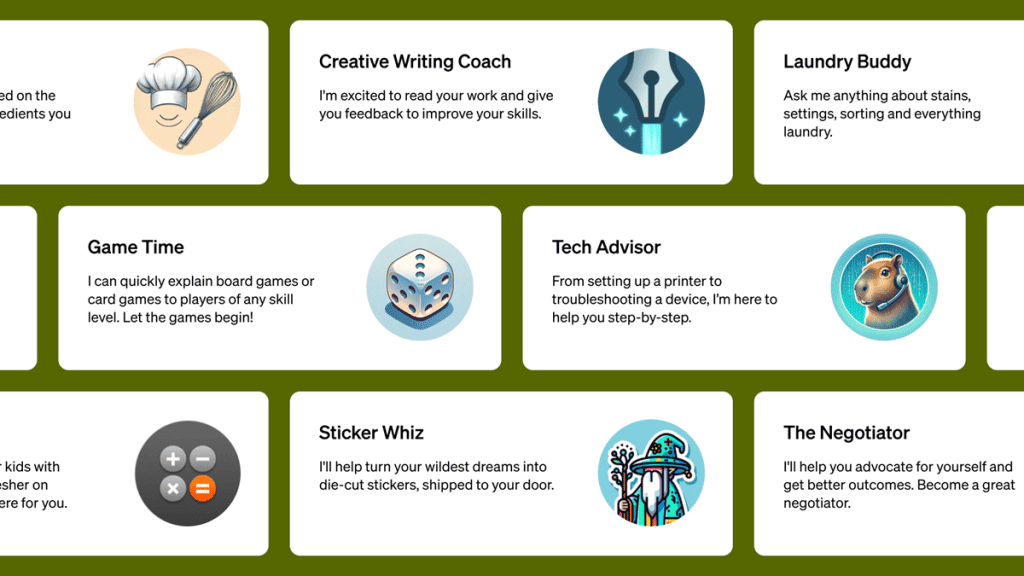US Higher Education Needs a Revolution. What’s Holding It Back? — from bloomberg.com by Tyler Cowen
Not only do professors need to change how they teach, but universities need to change how they evaluate them.
When the revolution in higher education finally arrives, how will we know? I have a simple metric: When universities change how they measure faculty work time. Using this yardstick, the US system remains very far from a fundamental transformation.
But today’s education system is dynamic, and needs to become even more so. There is already the internet, YouTube, and a flurry of potential innovations coming from AI. If professors really are a society’s best minds, shouldn’t they be working to improve the entire educational process, not just punching the equivalent of a time clock at a university?
Such a change would require giving them credit for innovations, which in turn would require a broader conception of their responsibilities.
Citing Significant Budget Deficits, Several Colleges Face Cuts — from insidehighered.com by Doug Lederman
The affected institutions include Christian Brothers, Delta State, Lane Community College, Miami University, St. Norbert and Shepherd.
Numerous colleges and universities, public and private, announced in recent days that they face significant budget deficits that will require cuts to programs and employees.
Many of the institutions appear to have been motivated by fall enrollment numbers that did not meet their expectations, in most cases representing a failure to recover from record low enrollments during the pandemic. Others cited the lingering effects on enrollment and budgets from COVID-19, exacerbated by the end of federal relief funds.
How universities can adopt a lifelong learning mindset: Lifelong learning that will last — from timeshighereducation.com by various authors
How the traditional university degree can be reimagined as a lifelong educational journey, enabling students to upskill and reskill throughout their lives
The rapid evolution of the workplace and changing skills demands are driving calls for better lifelong learning provision. For universities, this means re-examining traditional teaching practices and course design to ensure that students can benefit from continuing education throughout their careers. It requires more flexible, accessible, bite-sized learning that can be completed in tandem with other professional and personal commitments. But how can this be offered in a coherent, joined-up way without sacrificing quality? From Moocs to microcredentials, these resources offer advice and insight into how lifelong learning opportunities can be developed and improved for future generations.
The College Backlash Is Going Too Far — from theatlantic.com by David Deming; via Matthew Tower who also expresses his concerns re: this article from The Chronicle
Getting a four-year degree is still a good investment.
American higher education certainly has its problems. But the bad vibes around college threaten to obscure an important economic reality: Most young people are still far better off with a four-year college degree than without one.
Historically, analysis of higher education’s value tends to focus on the so-called college wage premium. That premium has always been massive—college graduates earn much more than people without a degree, on average—but it doesn’t take into account the cost of getting a degree. So the St. Louis Fed researchers devised a new metric, the college wealth premium, to try to get a more complete picture.
But the long-term value of a bachelor’s degree is much greater than it initially appears. If a college professor or pundit tries to convince you otherwise, ask them what they would choose for their own children.
From DSC:
David’s last quote here is powerful and likely true. But that doesn’t mean that we should disregard trying to get the cost of obtaining a degree down by 50% or more. There are still way too many people struggling with student loans — and they have been for DECADES. And others will be joining these same financial struggles — again, for DECADES to come.
Johns Hopkins aims to address teacher shortage with new master’s residency option — from hub.jhu.edu ; via Matthew Tower
The School of Education’s TeachingWell program will provide professional, financial support for applicants looking to start long-term careers in teaching
Students in TeachingWell will earn the Master of Education for Teaching Professionals in four semesters at Johns Hopkins and gain Maryland state teacher certification along with real-world teaching experience—all made stronger by ongoing mentoring, life design, and teacher wellness programs through the university.
“We will focus on teacher well-being and life-design skills that address burnout and mental health concerns that are forcing too many teachers out of the profession,” says Mary Ellen Beaty-O’Ferrall, associate professor at the School of Education and faculty director of TeachingWell. “We want teachers with staying power—effective and financially stable educators with strong personal well-being.”
How to Build Stackable Credentials — from insidehighered.com by Lindsay Daugherty , Peter Nguyen , Jonah Kushner and Peter Riley Bahr
Five actions states and colleges are taking.
Stackable credentials are a top priority for many states and colleges these days. The term can be used to mean different things, from college efforts to embed short-term credentials into their degree programs to larger-scale efforts to rethink the way credentialing is done through alternative approaches, like skills badges. The goals of these initiatives are twofold: (1) to ensure individuals can get credit for a range of different learning experiences and better integrate these different types of learning, and (2) to better align our education and training systems with workforce needs, which often require reskilling through training and credentials below the bachelor’s degree level.S














